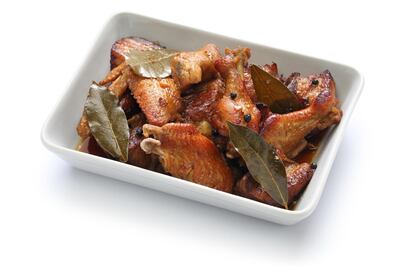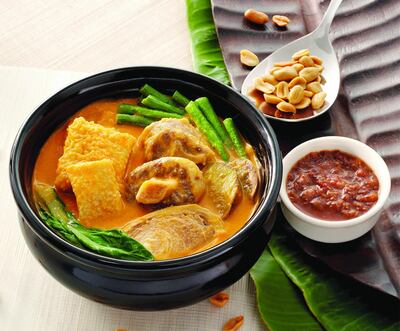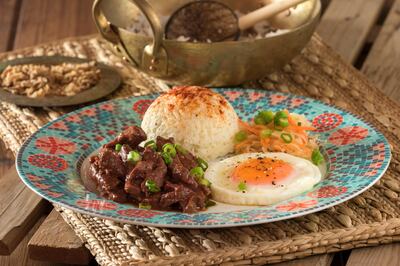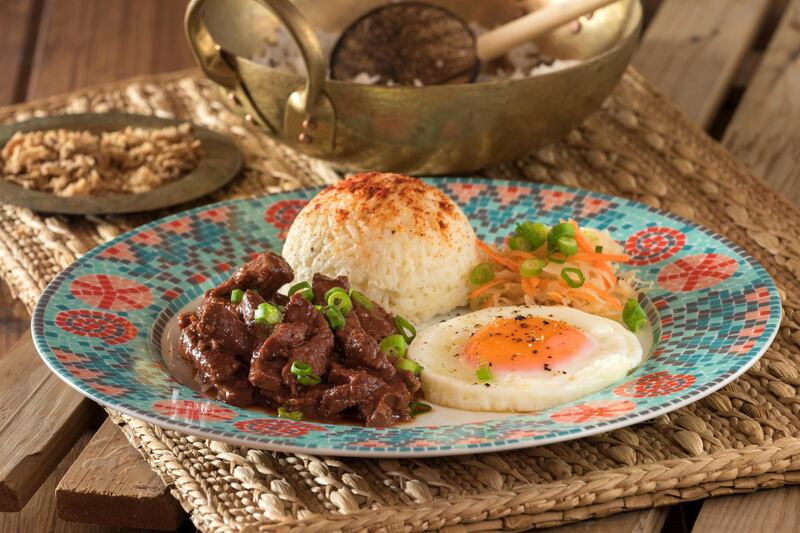Chicken adobo

Author Jacqueline Chio-Lauri’s comment that “it is difficult to talk about Filipino food without mentioning adobo” goes some way towards capturing the significance of this national dish. She says: “Worth highlighting is that the Philippines had its own distinct dishes and cooking preparations before the advent of foreign settlers. Adobo, for example, is a cooking technique, a way of marinating and cooking with vinegar. When Spanish colonisers saw native inhabitants making this dish, they noticed the similarity of the cooking method to their own back home and christened it ‘adobo’, derived from adobar, meaning ‘to marinate’.“ Typically, recipes feature meat – usually chicken – marinated in soy sauce, white vinegar, garlic, bay leaves and peppercorns, although this list is by no means definitive, and some variations will include tomatoes and coconut milk. This mixture is then braised on the stove for several hours, but what really sets the dish apart is that after the mixture has been braised, the meat is removed from the pan and quickly seared in hot oil, before being combined with the pan juices again upon serving. The result is a bit of a revelation: tender yet pleasingly crisp-edged meat bathed in a pungent sauce with undertones of vinegar and tangy flavours in abundance.
Kare-kare

Adobo is by no means the only stew that inspires ardent devotion among lovers of Filipino food. Kare-kare is a thick, nutty, savoury-sweet concoction, believed to have originated in the 18th century, and today regarded as something of a special-occasion meal, due to its long cooking time. The dish most often features oxtail and involves the meat being slowly simmered with vegetables (usually onions, bok choy, aubergines and string beans), as well as ground peanuts and achuete oil (although contemporary recipes sometimes sub in peanut butter here). For maximum eating pleasure, enjoy with shrimp paste on the side.
Sinangag (garlic fried rice)

Another classic in the Filipino food canon, full-flavoured sinangag (pronounced see-na-nag) is much more than a run-of-the-mill rice dish. Often served at breakfast time, cold, pre-cooked rice is essential for making sinangag (just-cooked rice has a tendency to go soggy when fried). After that, the rest is relatively simple: slivers of garlic are fried in oil until golden and caramelised, then the cooked rice is folded through. A scattering of spring onions often finishes this fragrant, unassuming dish.






